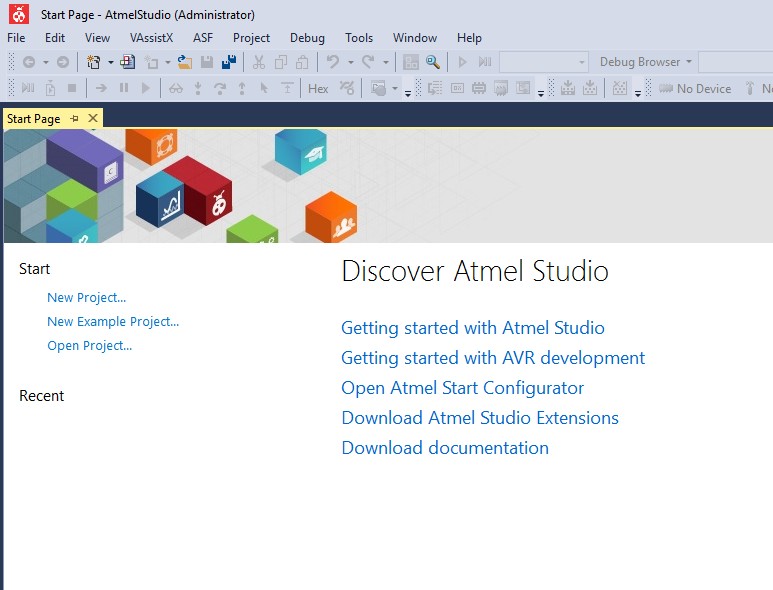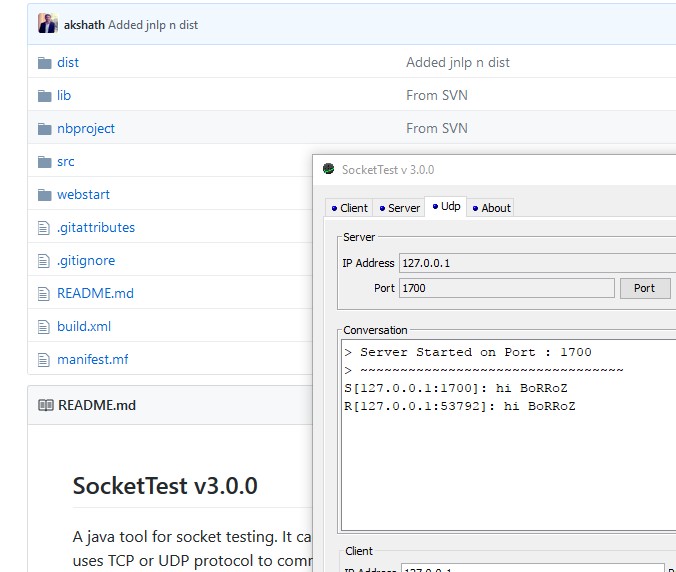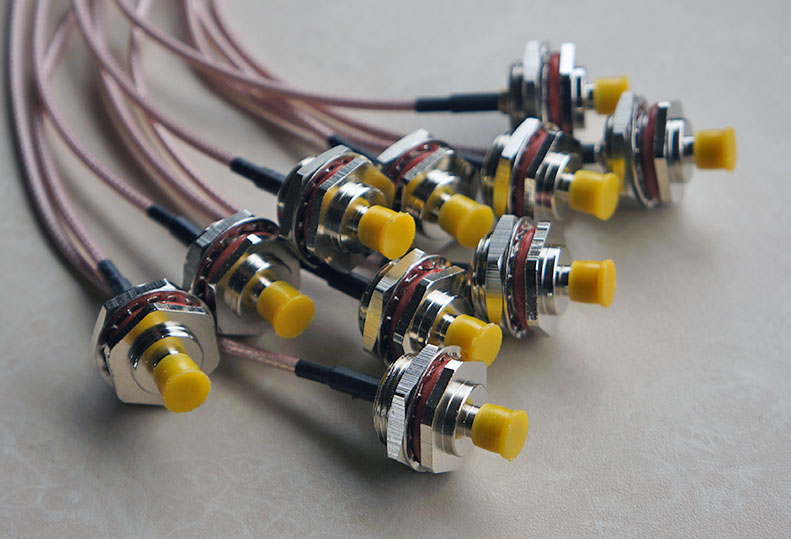The SAMD21 boards are still relatively expensive unfortunately.
STM32 ARM Cortex M3 boards (STM32F103) are available starting from $1.85. Not sure why the price gap wilth SAMD21 ARM Cortex M0(+) boards is still so large. 
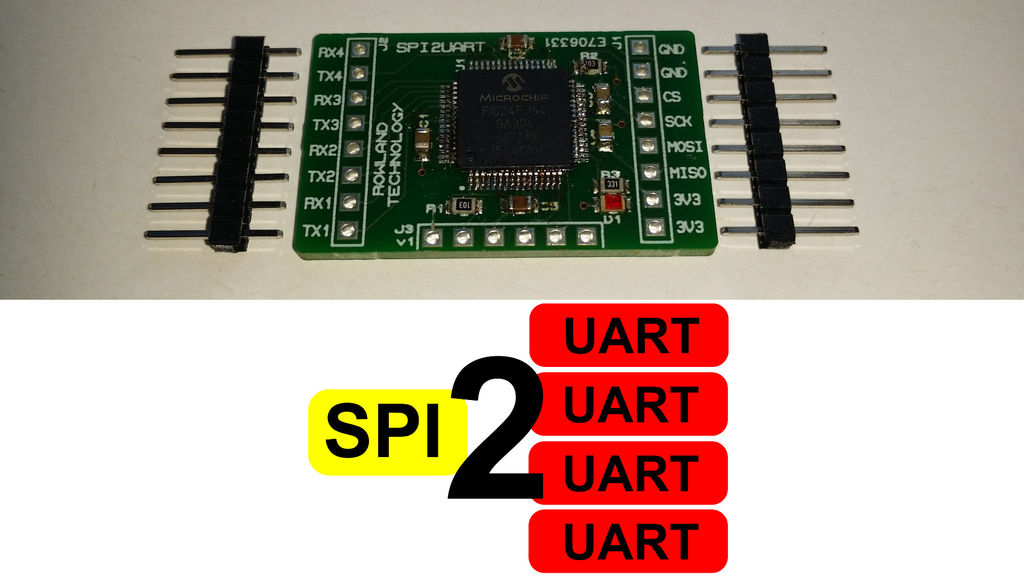
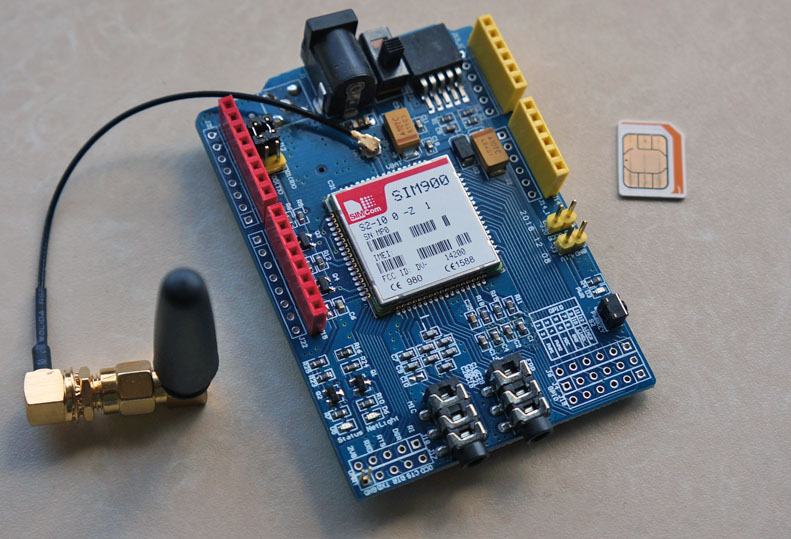
with new info trying to reanimate an old idea : MQTT over GPRS
this is THE TOOL (free for 7 days) for testing AT commands / sim card / network ect.
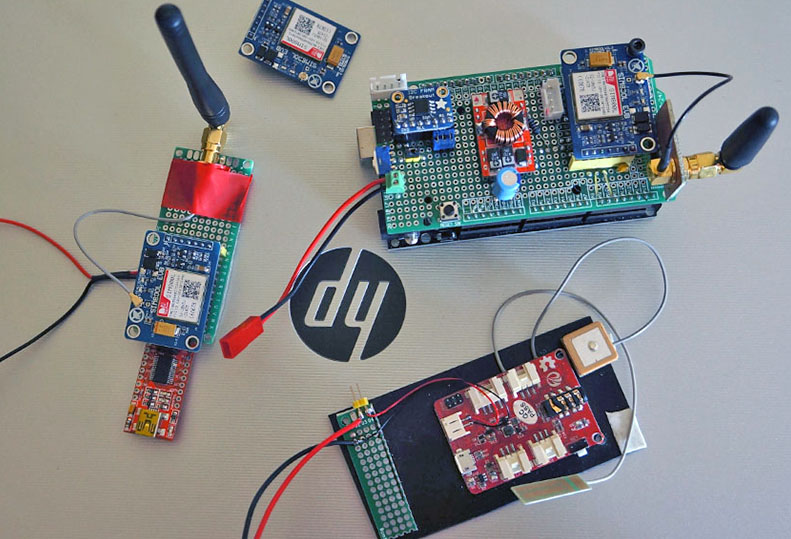
previous tests with sim800l and A6 never worked the way I wanted in combination with cheap prepaid simcard
with a Simyo prepaid sim (KPN network NL) you pay € 0,15 per MB for (MQTT) data … 
So my goal is a mobile node with this buildin MQTT receiver to calculate ‘live’ the distance to the gateways
I See the device as an ‘enhanced’ mapper / testing tool
Got some, they work fine 
Even found an old PCB for this module
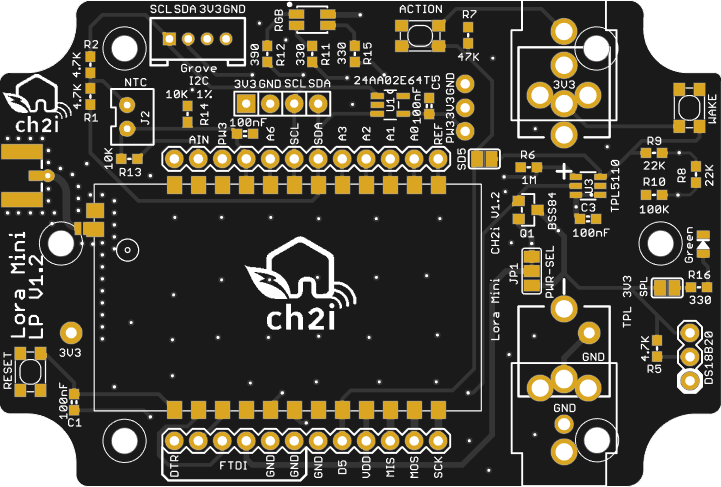
LOL… happy to hear that Charles  …
…
so what’s your verdict… usable as a basic PIR sensor TTN node ?
It’s an ATMega328P + RFM95, should do the trick with LMIC, I got some connected to TTN.

POC dual RTC’s remote sensor interval setting, remote on/off time settings , remote service ping ect.
- https://thecavepearlproject.org/2014/05/21/using-a-cheap-3-ds3231-rtc-at24c32-eeprom-from-ebay/
- https://thecavepearlproject.org/2014/03/03/buffering-sensor-data-to-an-i2c-eeprom/
- https://www.allaboutcircuits.com/projects/build-programmable-time-based-switches-using-a-real-time-clock/
- http://forum.arduino.cc/index.php?topic=109062.0
- http://forum.arduino.cc/index.php?topic=168421.0
- https://www.ebay.com/itm/5PCS-DS3231-AT24C32-IIC-precision-Real-time-clock-module-memory-module-Arduino-/311520581631
- https://github.com/jarzebski/Arduino-DS3231
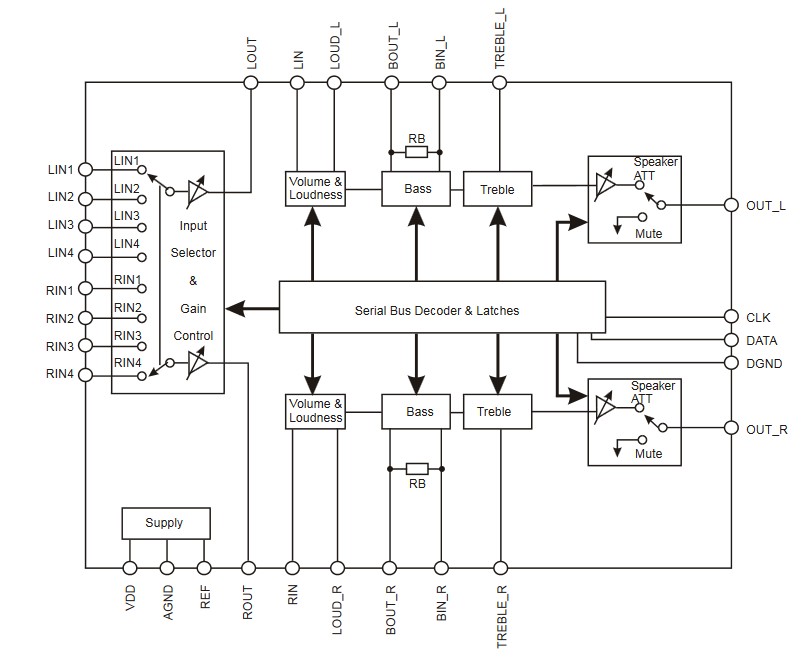
need (LoRaWAN) controlled audio ?
![]()
now online photo site Flickr has been sold to SmugMug , it will no longer be 'free soon, So I’m looking for a new free online photo cloudstorage … any tips ? 
- found :
- https://www.nikonimagespace.com/plan/ 2 gb free
run into a problem… my original idea was to use 2 x DS3231 RTC modules on the I2C bus.
I had seen that you could change the I2C address with a blob of solder.
But that’s not true…the solder blobs are for the RAM address and the RTC chip is hardcoded @ 0x68, so I expected to see 4 addresses when scanning the I2C bus… but I see only three and that’s a problem 
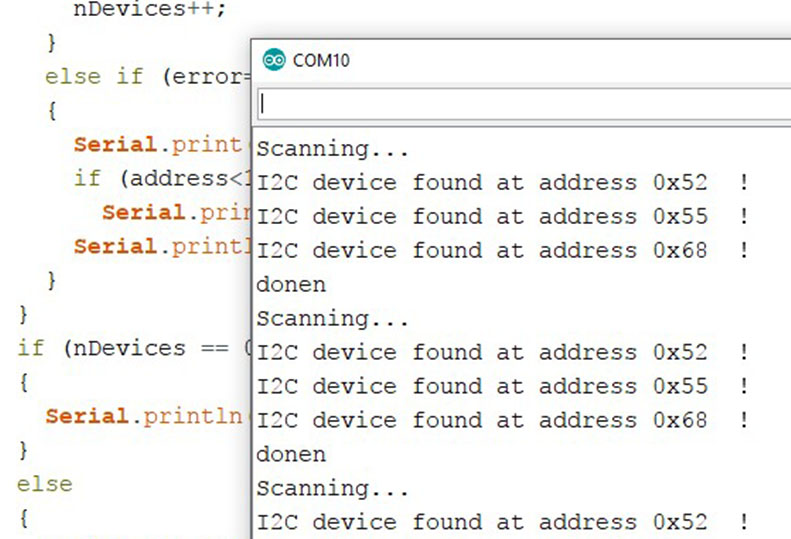
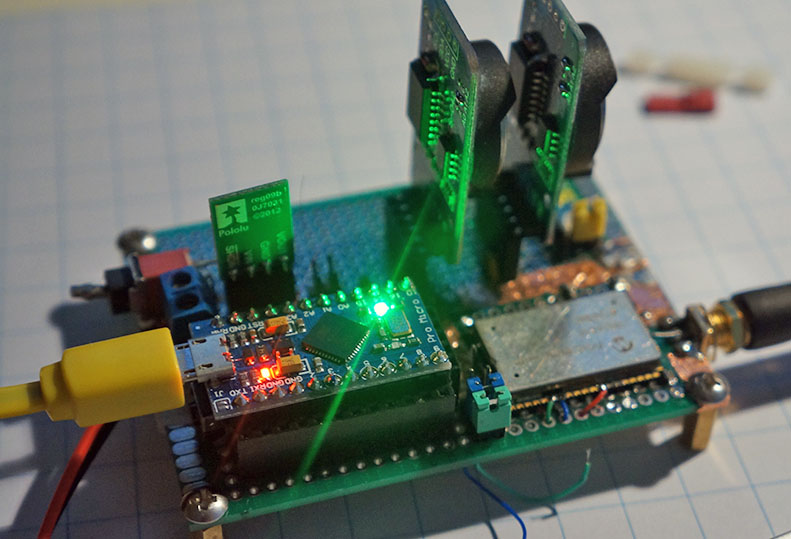
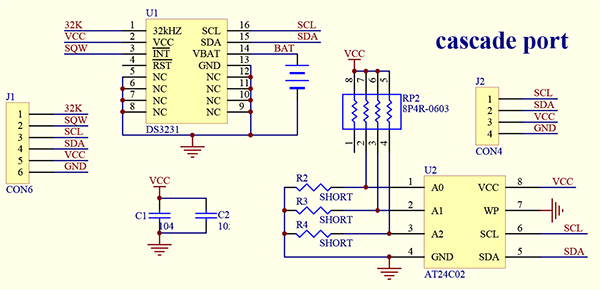
You need a TCA9548A I2C expander. That makes it possible to use up to 8 I2C devices with the same adress. As a bonus this chip also is a levelconverter.
yes that’s the best solution for now… tnx 

because of a faster delivery time I bought it at another shop but that’s not guaranteed 
Description:
You just found the perfect I2C sensor, and you want to wire up two or three or more of them to your Arduino when you realize “Uh oh, this chip has a fixed I2C address  , and from what I know about I2C, you cannot have two devices with the same address on the same SDA/SCL pins!” Are you out of luck? You would be, if you didn’t have this ultra-cool TCA9548A I2C 1-to-8 I2C multiplexer.
, and from what I know about I2C, you cannot have two devices with the same address on the same SDA/SCL pins!” Are you out of luck? You would be, if you didn’t have this ultra-cool TCA9548A I2C 1-to-8 I2C multiplexer.
Finally, a way to get up to 8 same-address I2C devices hooked up to one microcontroller - this multiplexer acts as a gatekeeper, shuttling the commands to the selected set of I2C pins with your command.
Using it is fairly straight-forward: the multiplexer itself is on I2C address 0x70 (but can be adjusted from 0x70 to 0x77) and you simply write a single byte with the desired multiplexed output number to that port, and bam - any future I2C packets will get sent to that port. In theory, you could have 8 of these multiplexers on each of 0x70-0x77 addresses in order to control 64 of the same-I2C-addressed-part.
Like all Adafruitclone breakouts, we put this nice chip on a breakout for you so you can use it on a breadboard with capacitors, and pullups and pulldowns to make usage a snap. Some header is required and once soldered in you can plug it into a solderless-breadboard. The chip itself is 3V and 5V compliant so you can use it with any logic level.
Just curious, what’s the use case of 2 RTC modules?
ok … it’s my idea of transforming a class A node into a kind of class C node without being always ‘on’.
basically I need multiple alarm times ( = MCU interrupts on different ports ) settings so that I have one ‘heartbeat interrupt’ on which the backend responds when there is a change in the time table needed.
another option is to shut the sensor down permanent
when a change is needed the node transmits another byte and then receives the new time table data.
the heartbeat interval time can be set also, must be minimum of 1x per day to check the systems health to.
use case example class A network battery PIR sensor :
in a toolshed / container w.o. electricity on a remote construction site 
when there is movement the security company / the guard receives the alarm signal / location on his phone.
So of course the alarm must be set on/off by itself and go into sleep/ alarm mode (there’s also a selftestmode ect)
For that you need a programmable time (week) table (in eeprom) that is read by the MCU and sets the RTC.
I call it here a ‘weektable’, there is more then one table (for example a holiday table) depending on the eeprom size.
basic RTC data
sensors off - every weekday between 06.00 and 16.00 during working hours
sensors on - every weekday between 16.00 and 0.600
sensors on - weekends from friday 16:00 to mondaymorning 06:00
now the problem :
the boss decides on friday afternoon that the crew must work on saturday morning, how to set the sensor alarms now ?
also… how to program long weekends / holidays , unexpected events ?
possible solution :
my idea … make that ‘weektable’ remote adjustable (sent new alarmtimes over the network to node)
off course that’s not in real time but depends on the heartbeat rate
so if you sent a heartbeat once per hour you can change the whole weektable (or just one day) once per hour.
a RTC data package can be max 28 bytes at a time thats ex CRC/header
it’s even possible to let the node firmware change the max heartbeat interval … depending on the battery status.
* will be continued - to start I don’t need an I2C multiplexerchip… the DS3231 has 2 separate alarms
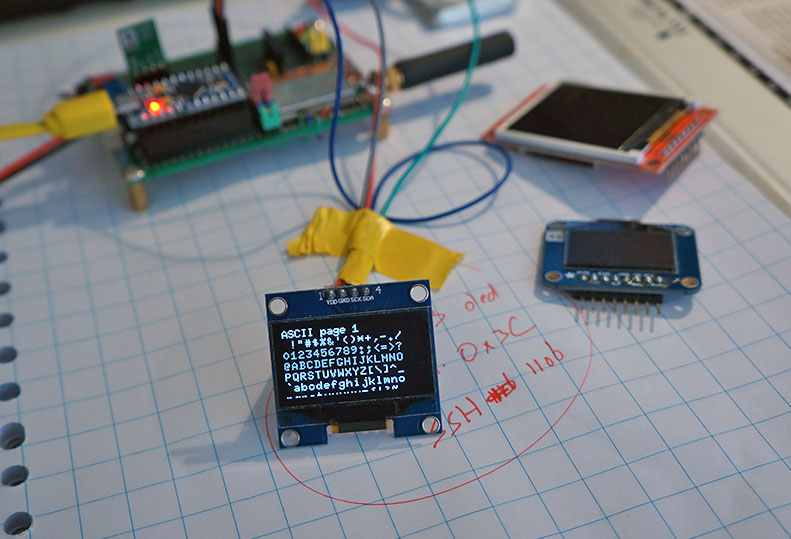
quick ‘is that oled working’ test

